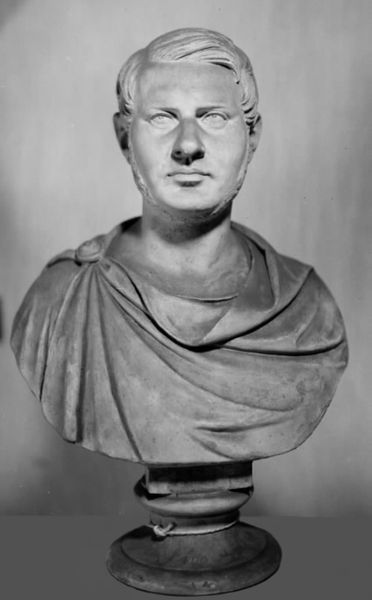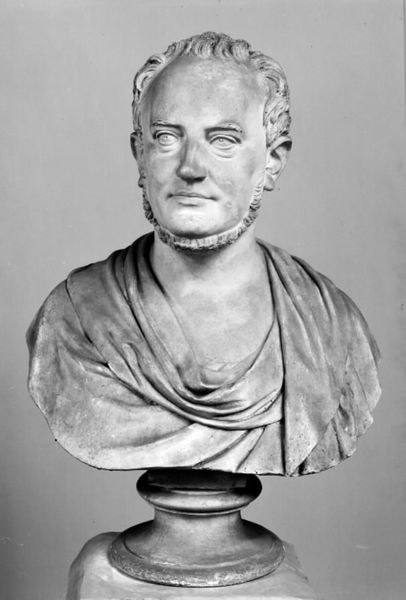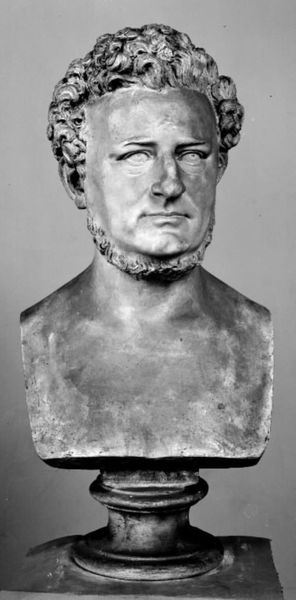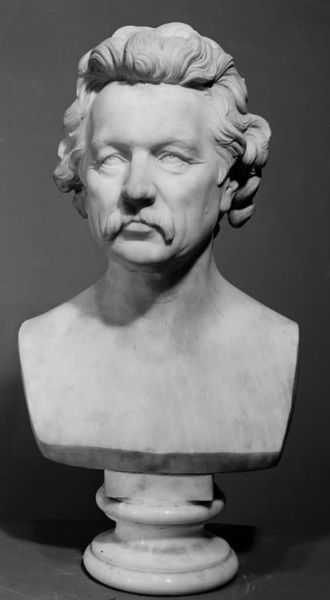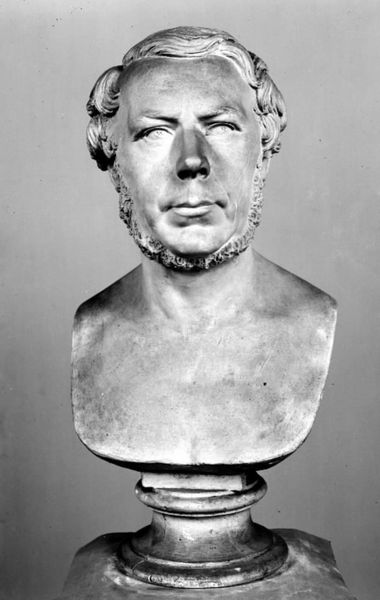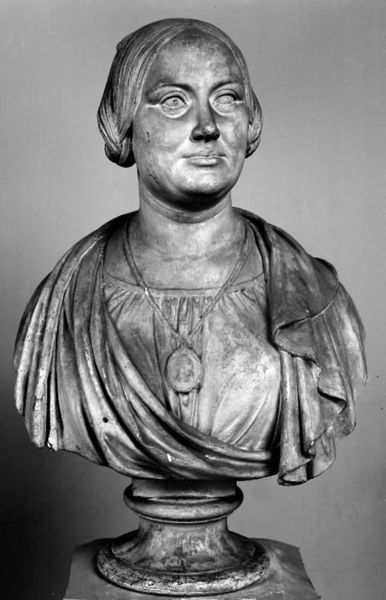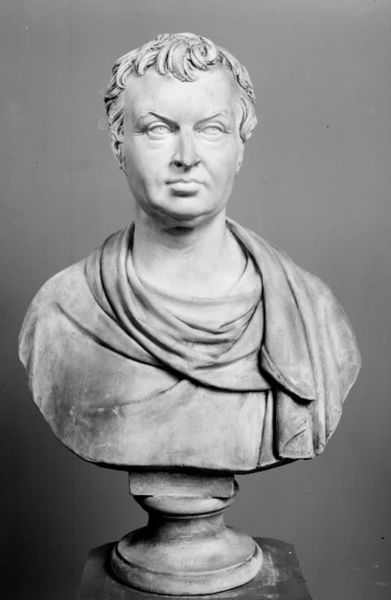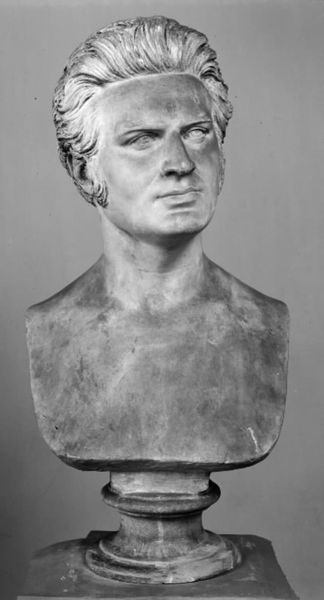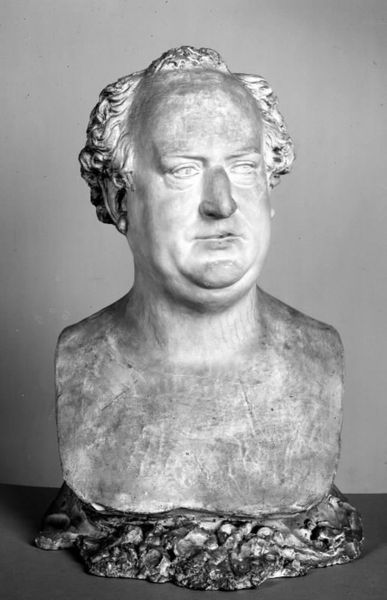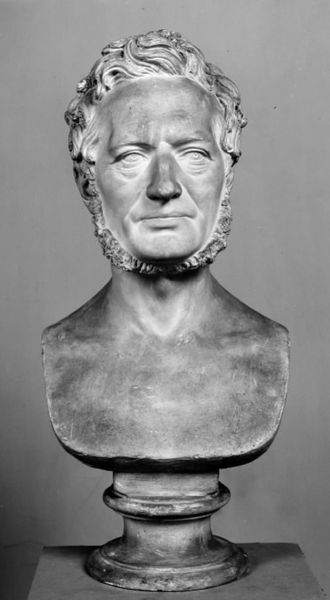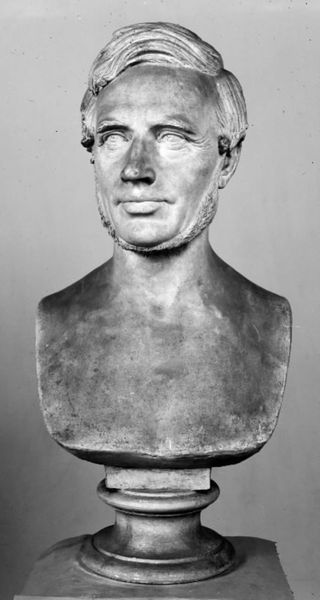
sculpture, marble
#
portrait
#
neoclacissism
#
portrait
#
sculpture
#
sculpture
#
marble
Dimensions: 66.8 cm (height) (Netto)
Editor: Here we have H.W. Bissen’s 1834 marble sculpture, "Generalguvernør på St. Thomas P. von Scholten." The sculpture exudes an air of neoclassical authority, and makes me consider the way historical power is represented through art. What critical lenses might we apply when viewing this piece? Curator: It's crucial to confront the uncomfortable realities of colonial history that this bust embodies. Von Scholten was the Governor-General of the Danish West Indies during a period of intense oppression and enslavement. Neoclassical portraiture often served to idealize its subjects, reinforcing their authority. What does it mean to monumentalize someone whose power was predicated on the suffering of others? Editor: It almost feels like a glorification, even with the distance of time. Should we reconsider how such works are displayed? Curator: Precisely. We must consider the museum space as a site of ongoing dialogue, rather than a neutral container. The sculpture itself doesn't tell the whole story, does it? Think about whose voices are missing from this narrative. Where are the stories and experiences of the enslaved people whose labor built von Scholten's world? Editor: So, interpreting this sculpture requires contextualizing it within the history of colonialism and slavery, not just appreciating its artistic merit? Curator: Exactly. The cool, detached classicism stands in stark contrast to the brutal reality of the era. We should question whose perspectives are centered and actively seek out and amplify marginalized voices that challenge dominant narratives. How can we use this object as a starting point for a deeper understanding of social justice and historical accountability? Editor: It reframes my understanding entirely, viewing art not just aesthetically, but ethically. Thanks for showing how crucial context is. Curator: And thank you for your willingness to engage critically. Only by asking these hard questions can we create a more inclusive and equitable understanding of our shared past.
Comments
No comments
Be the first to comment and join the conversation on the ultimate creative platform.
